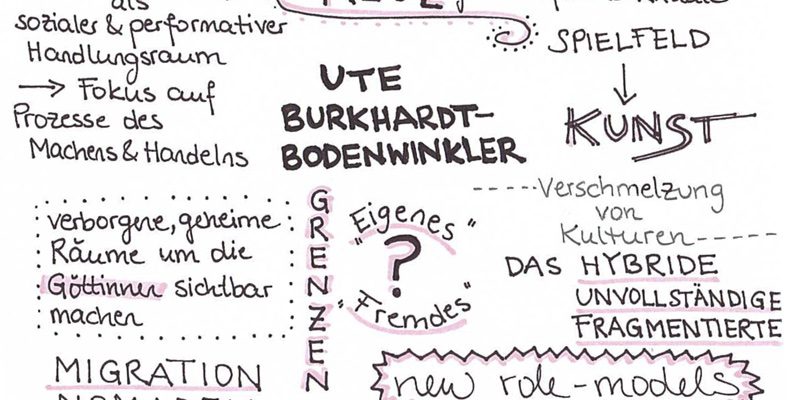Non-space.
The idea of a digital data set for a pop-up temple – a proposal for Lower Austria.
Ute Burkhardt-Bodenwinkler
This project goes back to the origin of art, of architecture. Fascinating, distant ancestors; the absolute perfection, spatial dimension, everything was already there, they had already achieved and presented everything. At the beginning of the 20th century, the discovery of prehitorical cave paintings, various Venus figures and the birth of modern art took place at the same time. Prehistory serves as a source of inspiration for modernity and leads to the revolution of art. The exploration of the past not only serves a self-assurance about one’s own origins, but also offers the opportunity to become alien to oneself through temporal transformations. When the industrial age began, archaeology, geology and other disciplines exhumed the deep past and established a vision of ancient social and artistic structures as anonymous, hermetic, not very variable, even practically static. There is a pronounced tension, even a contradiction, between these great blocks of the past and the rapid pace and flow of modern times.
The project follows the national and international archaeological finds of the goddess figures. The scientific boundaries that have been made so far must be irritated, disturbed and harassed, perhaps made more visible, and above all, it is a question of overcoming these demarcations. The structuring of a new topology, geographically and poetologically, allows the digital data sets for the so-called pop-up temple places to occupy rooms and to provide proposals for Lower Austria.
The principle of open source information, as opposed to patented intellectual property, is fundamental to what we call a collaborative society. The project of a digital data set provides so-called pop-up temples to society, thus responding to the process of emigration, especially by young women from the periphery to the center. These contemporary, spatial and performative interventions counteract the loss of identity. The situation of the pop-up temples shows existing, but previously fallow potentials in rural as well as in the Uban space. (Fill the Gaps) The temples are the „tent of the new, modern nomads“, they offer new options for moving and staying. It provides space for new collective rituals. This is an important role because it creates, nurturs and creates communal and social values with regard to an ideal. These temples are intended to give new ritual interventions a visible and constitutive element and to lead to a new rural and urban identity. We need great moments, great spaces for the goddesses of the present and the future.
Project materials

